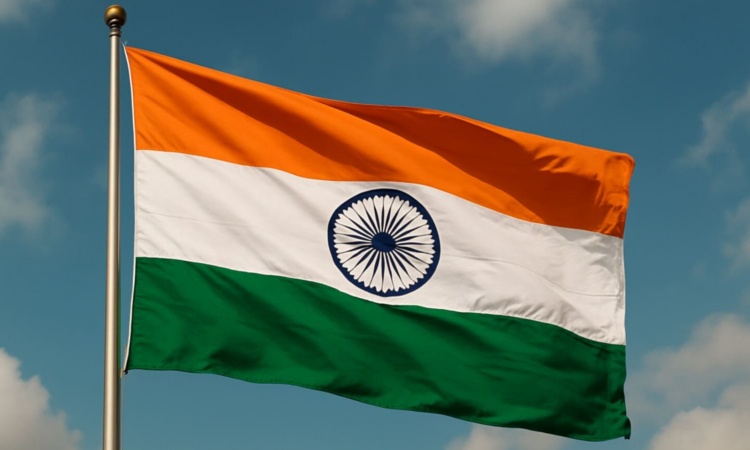EY predicts India to be world’s second-largest economy by 2038 — Why is PPP crucial? EXPLAINED

Global professional services firm, Ernst & Young (EY), estimated in its recent EY Economy Watch for August 2025 that India will become the world’s second-largest economy in terms of purchasing power parity (PPP) by 2038.
India is also expected to have a gross domestic product (GDP) of $34.2 trillion despite the economic headwinds from the heavy tariffs imposed by the United States and President Donald Trump.
“India combines youthful demographics, rising domestic demand, and a sustainable fiscal outlook, giving it the most favourable long-term growth trajectory,” according to the research report.
What is PPP?
PPP is also known as Purchasing Power Parity, a macroeconomic metric that serves as a comparison indicator between two nations based on economic productivity and standards of living.
“The rate at which the currency of one country would have to be converted into that of another country to buy the same amount of goods and services in each country,” according to IMF data.
The PPP metric compares a basket of goods or commodities in both countries, marking the foreign exchange rates at which one nation’s currency would be converted into another to purchase the same amount of goods.
In simpler terms, the Purchasing Power Parity compares how much the same basket of goods costs in both nations, accounting for the foreign exchange rates of the countries.
According to an AI-generated example, if a book costs ₹200 in India and the same book costs $2 in the United States, the PPP factor makes the value of $1 equal to ₹100 (Indian currency).
The formula for the PPP calculation shows that in order to find the forex rate from one currency to another, you need to divide the cost of a good in one currency by the cost of the same good in another currency to obtain the result.
How does PPP impact the economy?
According to International Monetary Fund (IMF) data, PPP serves as one of the two main methods of converting market exchange rates. They also said that the exchange rate calculated using this method may be different from the forex rates prevailing in financial markets.
Stability: The PPP method of calculating the exchange rates is relatively stable over a period of time, compared to using the volatile, regular prevailing market rates. This shows the actual snapshot of the economic growth rates of individual nations, which is unaffected by the ‘large swings’ due to market volatility.
High-income and low-income disparity: This method also accurately represents internationally traded goods and the situation of non-traded goods and services that are cheaper in low-income nations compared to high-income countries. For example, a cab ride in India is significantly cheaper than one in the United Kingdom.
This also shows a snapshot of the cost of living derived from the wages in the nation, as wages tend to be lower in poorer nations than in developed nations.
Economic Strength: The Purchasing Power Parity (PPP) takes into account the difference in prices of non-traded goods across countries and does not underestimate the purchasing power of consumers in emerging market and developing countries.
“PPP is generally regarded as a better measure of overall well-being,” said the IMF in a report.
Competitiveness in Trade: The PPP metric highlights whether or not a good is cheaper in one nation compared to another, adjusting for exchange rates. This shows traders and consumers around the world the true measure of economic power, the cost of living and the overall economic standpoint amongst the contending nations to eventually help policymakers implement the change to improve their PPP.




